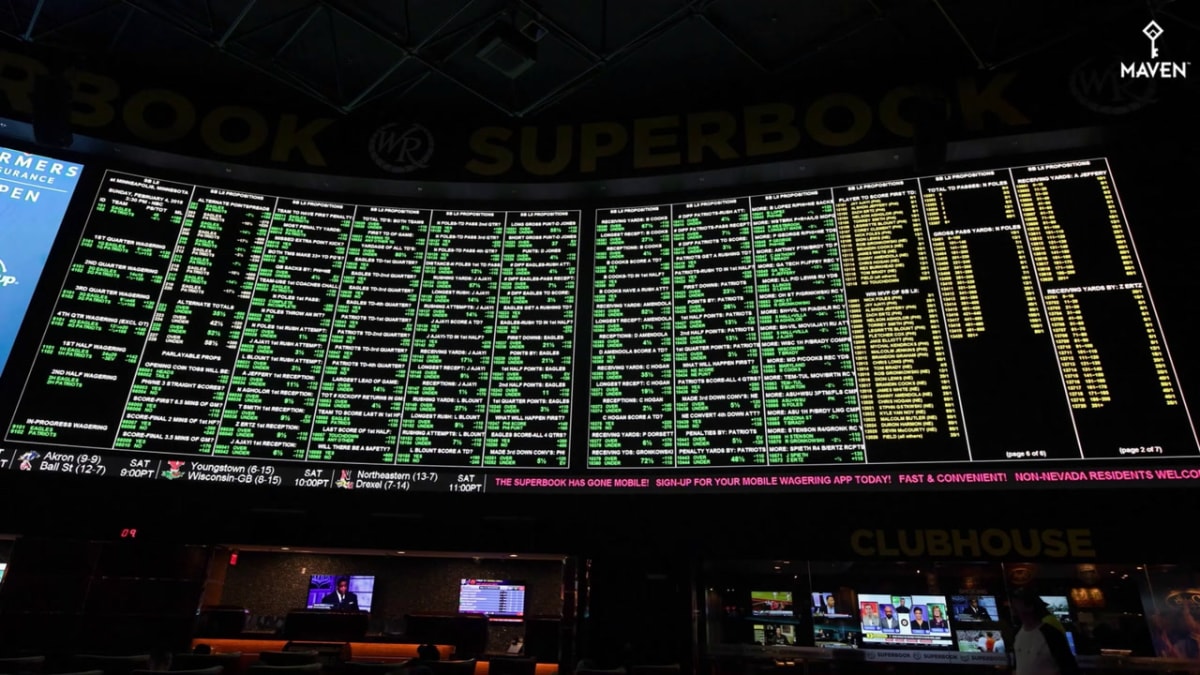Gambling Terms Sports
- Gambling Terms Sports Group
- Gambling Terms Sports
- Betting Terms Explained
- Gambling Terms Sports Betting
Sports Betting Glossary There are many words and phrases used in sports betting that may not make sense until you understand what they mean. To help you with that, we have compiled the following glossary of sports betting terms as a useful reference. There are many unique terms associated with sports wagering. Bookmark our glossary of betting terms and use it as a reference if you come across an unfamiliar word or phrase while placing bets.
Estimated Read Time: 3 minutesSee All Guides
Those new to sports betting will quickly hear talk of the juice, vig, vigorish, or cut. Whatever you want to call it, the vigorish is the fee bookmakers charge you for the privilege of placing a bet.
While the basic concept of the vig is quite simple, it’s crucial that you have a complete understanding of how it works before laying a wager, because the juice affects everything from the odds to payout amounts.
What Is the Vig?

The vigorish, more commonly referred to as “the vig” or “juice”, can be defined in many different ways. Simply put, the vig is the amount you pay the house in exchange for the opportunity of placing your wager. You’re in this to make money, and so are those offering online betting services.
It’s important to understand that you can define the vig in terms of a dollar amount or percentage, but it will always be included directly into the odds of the event you are wagering on. It’s not a static, one-time fee, but a dynamic surcharge the bookies place into the betting lines with something called overround.
Vig vs. Overround
Gambling Terms Sports Group
There’s a lot of confusion between the terms overround and vig. They are closely related but not exactly the same. Overround is how the sportsbook collects the vig directly in the betting line.
Overround occurs when the sum total of the implied probabilities of each potential outcome in an event exceeds 100%. For example, a betting line with overround might suggest Team A has a 57% chance of winning, while Team B has a 45% chance. Clearly, the sportsbook has created a total implied probability of 102%, essentially taking wagers on a wider range of outcomes than are actually possible. Adjusting the amount of overround allows the bookies to increase or decrease the vig they charge on a particular betting line.
Don’t be tempted to confuse the amount of overround with the exact value of the vig – the two are functions of one another, but they are not identical. To start, you need to know that since the vig is included in the betting line as overround, the odds are not an exact representation of what the sportsbook expects to happen.
Visit our guide to removing the vig from betting lines for a more detailed explanation of to calculate vig using overround, and to learn how you can determine the actual probabilities sportsbooks assign to each potential outcome of an event.

Finding the Standard Vig at Your Sportsbook
The vig often differs depending on the event and type of wager you place, but there is a simple way to gain a general idea of the standard cut a particular sportsbook takes so that you can compare the options.
Totals (over/under) lines are nearly always set at equal odds, meaning that you need to risk the same amount regardless of which side you wager. Accordingly, the vig on these lines is ‘standardized’ and likely the same across all events.
In a totals bet with -110 odds on both sides, there is a 4.54% vig rate built in. ‘Value’ sportsbooks might offer lines at -105 (2.38% vig), while some events or books might demand a premium at -125 (11.11% vig). Regardless, the ‘standard vig’ on totals lines is a great way to compare the general rate charged at different sportsbooks. Note that unless there is equal action on both sides, the vig does not represent the actual percent profit a sportsbook will make.
Standard Vig

| Totals Line (equal odds on both sides) | Vigorish (%) |
|---|---|
| -105 | 2.38% |
| -110 | 4.54% |
| -115 | 6.52% |
| -120 | 8.33% |
| -125 | 9.99% |
Vigorish Variations

Gambling Terms Sports
As money comes in, the odds will start to shift. Because the book is always concerned with reducing its exposure, the odds must change in order to balance out the dynamic potential payout on each side. Taking bets in optimal proportions ensures the house can pay out and still profit from the vigorish no matter what happens in the game. Adjusting the odds often changes the amount of vig being charged, insofar as the amount of overround increases or decreases.
Games with less attention and less money on them tend to have higher vigorish rates as there is less room for error from the house to payout. By charging more juice, the book gives itself a cushion in the case of a surprising result. With more people placing wagers on larger events and popular teams, the book has enough betting volume (and dollars coming in) to ensure profit at a lower vigorish rate.
The Bottom Line
The vig changes depending on the bet you’re placing and where you’re placing it.
Shopping around for the best line is always a good idea. Sometimes you’re going to bet on your favorite NFL team regardless of the value. Scan a variety of safe, legitimate sportsbooks and compare the vigorish charged at each on the lines you’re interested in.
Betting Terms Explained
Whenever you bet on sports, remember that the vig is included directly in the odds. The rate charged changes depending on the bet you’re placing and where you’re placing it, so pay attention to find lines that have value.
Explore the rest of the content in our introductory sports betting articles for more fundamental skills, and remember to always bet within your limits.